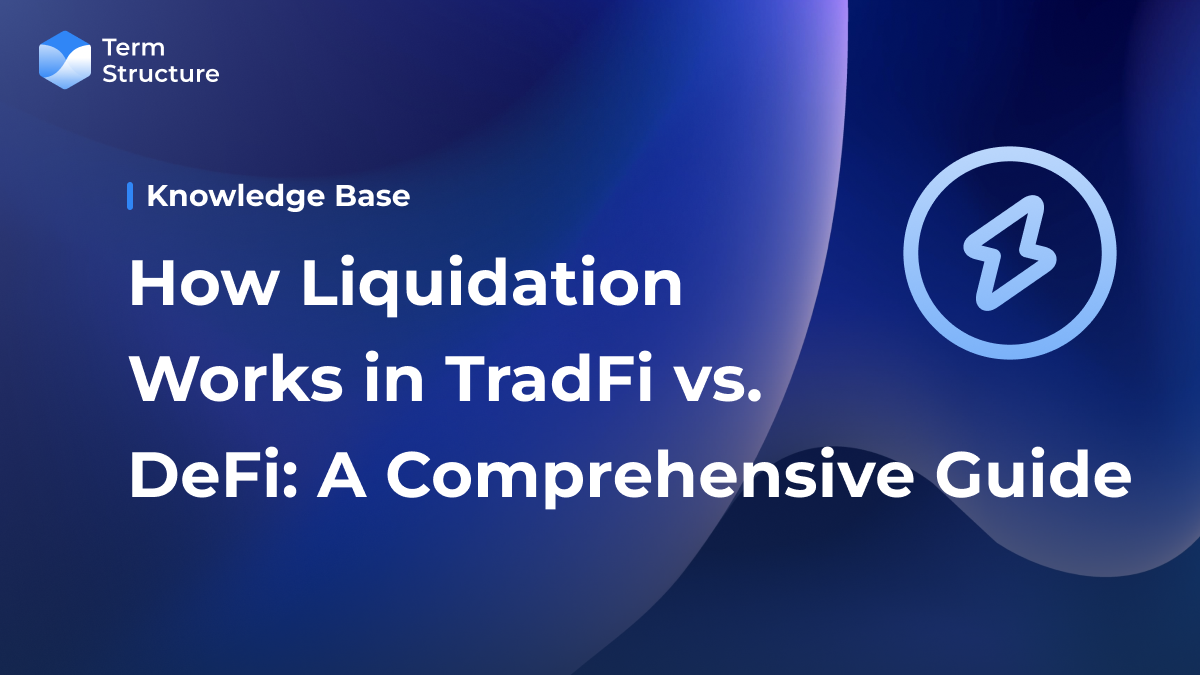How Liquidation Works in TradFi vs. DeFi: A Comprehensive Guide

Liquidation is an essential concept in finance, which refers to selling assets to raise capital to pay off debts or other obligations. This can occur in many different scenarios, but in this article, we will focus on two examples: a house mortgage with a bank from TradFi and an ETH-backed loan on MakerDAO for DeFi.
House Mortgage
First, let's consider the scenario of a house mortgage with a bank. When a homeowner takes out a mortgage to buy a house, they borrow money from the bank, with the house serving as collateral for the loan. The bank may initiate liquidation if the homeowner fails to make their mortgage payments on time.
In this scenario, the bank will typically start by issuing a notice of default to the homeowner, giving them a certain period to catch up on their payments. The bank may initiate foreclosure proceedings if the homeowner cannot catch up. This involves selling the house to recover the outstanding balance on the mortgage. The bank may hire a real estate agent to market the property, find a buyer, or sell it at an auction.
Once the house has been sold, the proceeds will be used to pay off the outstanding mortgage balance. The homeowner may receive the difference as a payout if the sale price exceeds the outstanding balance. However, if the sale price is lower than the outstanding balance, the homeowner may still be responsible for paying the remaining debt.
Loan from DeFi
Now, let's turn our attention to the scenario of an ETH-backed loan on MakerDAO. MakerDAO is a decentralized finance (DeFi) platform that allows users to borrow a USD-pegged stablecoin, known as DAI (unfortunately pronounced as “die”), using cryptocurrency as collateral. To take out a loan on MakerDAO, a user must deposit a certain amount of cryptocurrency into a smart contract as collateral.
If the collateral value drops below a certain threshold, known as the liquidation ratio, the user's position may be liquidated. In this scenario, a liquidator, a software that anyone can run, will sell a portion of the user's crypto to repay the outstanding loan balance. The remaining crypto will be returned to the user minus a liquidation penalty.
It's important to note that the liquidation process on MakerDAO is designed to be automatic and decentralized - no human intervention is required, and the process is transparent and auditable. Additionally, the liquidation penalty incentivizes users to maintain their positions above the liquidation ratio, as it can be costly to liquidate a position.
That’s the end of this piece!
We hope you now understand the importance of the liquidation process and how it may impact your financial situation. So stay informed, proactive, and positive - and you'll be well on your way to financial success, even in the face of potential liquidation.

